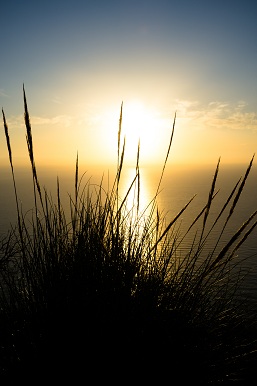Cultivating grasses to save the planet

Related topics
Agriculture & Forestry Bio-based Industries Bio-economy Belgium Germany Greece Hungary Ireland Italy Netherlands Portugal Spain United Kingdom Climate action, environment, resource efficiency and raw materials China India Argentinadate: 08/04/2014
Project: Optimization of Perennial Grasses for Bi...
acronym: OPTIMA
See also: CORDIS
Contact: http://www.optimafp7.eu/
“Using dedicated plants for energy and biofuel production is one of the most efficient paths to reducing greenhouse gases, since the plants are made up from the carbon dioxide in the atmosphere,” says OPTIMA Coordinator Salvatore L. Cosentino, from the Department of Agriculture and Food Science (DISPA) at the University of Catania in Sicily, Italy.
The project team gathers expertise in physiology, biotechnology, agronomy, socio-economical and environmental analysis to find the best ways to develop Mediterranean perennial grasses (grasses that help improve the soil they are planted in) and to create alternative ways to exploit them.
One of the main tasks of the research team is to collect and identify both the endemic perennial grasses and novel plants varieties to address the challenge of good agricultural practices like sowing by seed and plant cuttings, cultivation under salinity and water stress conditions. This also means studying the environmental impact on the water and carbon dioxide exchange between the canopy and the atmosphere, and between root development and carbon storing in the soil. “Compared to traditional crops, perennial grasses generally require lower energy inputs like irrigation, fertilisers, pesticides or herbicides,” says Cosentino. “Moreover, perennial grasses provide benefits in terms of soil structure and quality and biodiversity,” he adds.
The project’s aim to develop new markets in biofuels and green products has spurred new ideas about harvesting the grass and creating new plant-derived bio-products. The project is expected to lead to new sources of income and employment in rural areas, new options to use marginal lands, with consequent environmental and social benefits.
OPTIMA project manager Danilo Scordia says that “growing the perennial crops on marginal or degraded lands means there is less competition with existing food crops, thus avoiding concerns about the agriculture they might replace.”
The project has already shown how challenging perennial species could be. Most of these crops can be difficult to breed since they do not produce viable seeds, or they need to be sown when it is hot and a lot of irrigation water may be required. However, the project team is exploring Next Generation Sequencing (NGS) genetic technologies to help develop clones that are more resistant to heat, water and salt. “These grasses could offer a range of benefits, and we are finding ways to get the most out of them,” concludes Cosentino.
